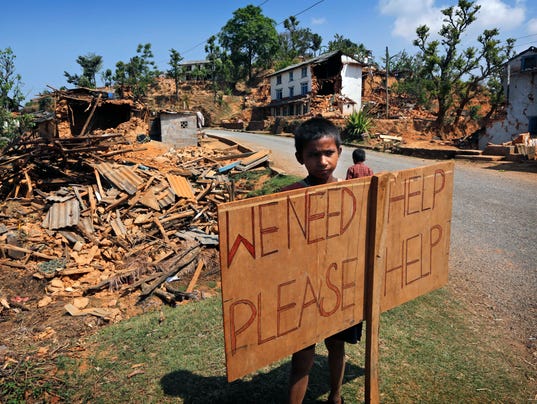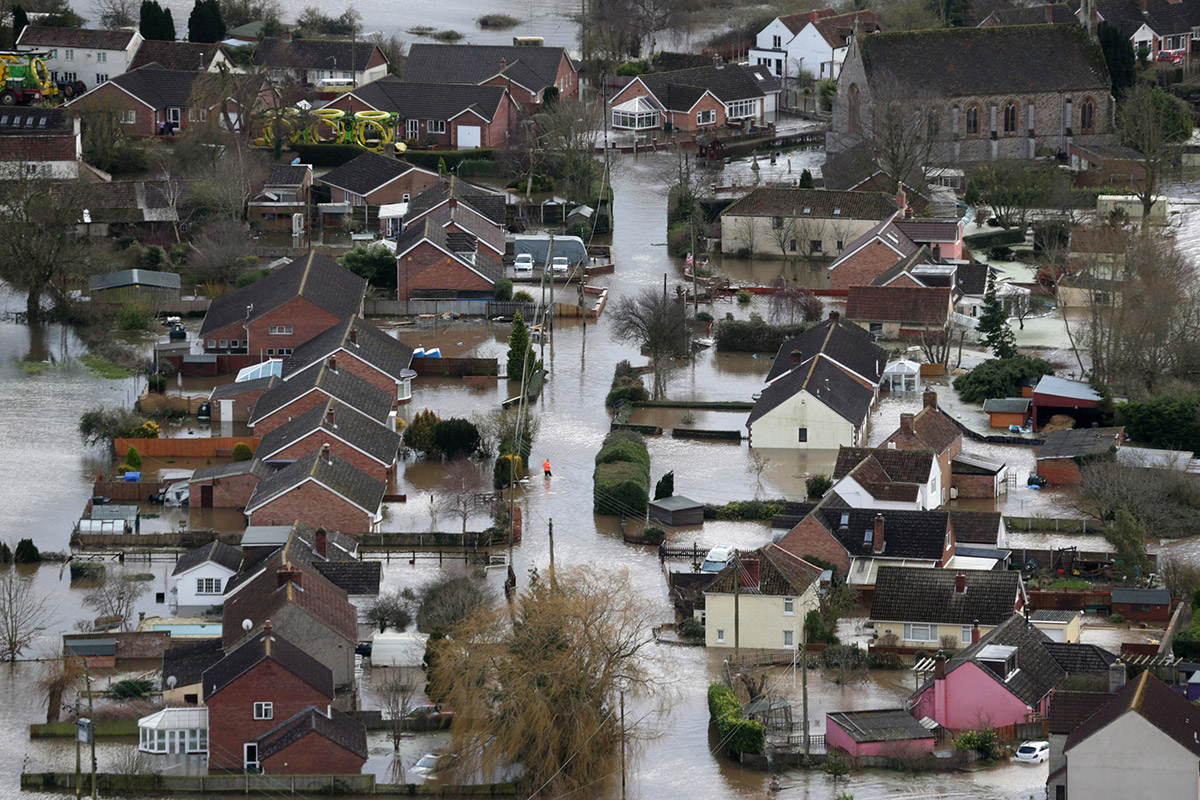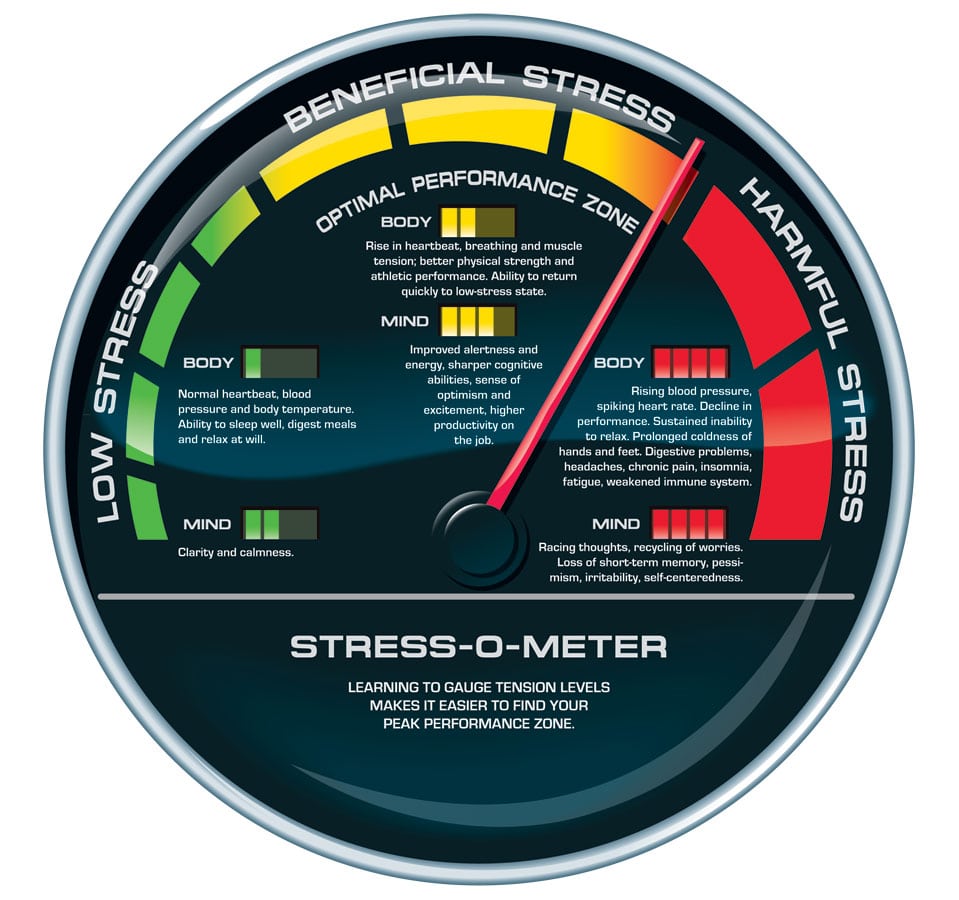 Day 7: SHELTER-IN-PLACE or SIP for short, which we hope you do; a lovely cup of (ice) tea or coffee, perhaps something stronger, while you get comfortably stuck in what comes next. Enjoy!
Day 7: SHELTER-IN-PLACE or SIP for short, which we hope you do; a lovely cup of (ice) tea or coffee, perhaps something stronger, while you get comfortably stuck in what comes next. Enjoy!
It is a blessing that perceptions and attitudes are changing. Change is good and very necessary as I’ve touched upon in “who moved my cheese? Resilience in a fast changing world”. I’m honoured that EVAQ8 is included in this year’s #30days30ways UK campaign raising awareness for emergency preparedness nationwide and further afield.
Today we are talking about
SHELTER-IN-PLACE: what is it and why do we need to think about it?
Well, let me take you back in time a couple of years while you are SIPping comfortably. You may remember seeing this:
Is it time to join the Preppers? How to survive the climate-change apocalypse https://t.co/ib9ceoUtSp @guardianeco
— The Guardian (@guardian) February 17, 2014
Headline words such as ‘apocalypse’ and ‘prepper’ immediately peak interest, triggering (very mild) anxiety and ridicule, usually in that order and in quick succession; so fast actually that you won’t necessarily even be aware of it. This is what the media does, churn out a quick headline grabbing story, poke fun and onto the next news cycle. A google news search on the topic will quickly reveal that this treatment is pretty ‘standard’. Humour is a coping mechanism (as the ‘psychology minded’ of you out there will know) and an excellent motivator which, in my opinion, should be harnessed positively rather than used to judge people and the choices they make (or are forced to take).
‘Prepper’ is a stereotype. We must look deeper.
There is no fixed definition of what exactly a ‘prepper’ is or does. Rather, ‘prepping’ or simply ‘being prepared’ ranges from wilderness survivalists to keeping several days emergency supplies at home such as long shelf-life food, water purification, first aid etc.
Reality is, most of us live in an urban environment far away from any real wilderness.
If you already have extra food supplies you can cook and eat without access to utilities such as power or water, own a good first aid kit, a radio and a decent torch (preferably wind-up) then you qualify and can call yourself a prepper, if you like. Maybe you do, maybe you don’t. How people label themselves are complex and interesting matters. Because of media and film hype the term tends to set off the imagination in perhaps more extreme, fantasy directions. I prefer to keep it real, simple and every day. 
Being prepared is part of who you are;Emergency+Disaster Preparedness is easy https://t.co/ZsiWgovPeY #FamilyMatters pic.twitter.com/uepBF4bF6y — EVAQ8 Emergency Kits (@EVAQ8_news) December 21, 2015
Being prepared is simply part of who you are.
A prepper is not a ‘crazy’ person but actually someone that makes highly rational choices based on an appraisal of their situation with knowledge of the past and a look to the future. And what exactly does that look like, the future I mean? Well, things have certainly changed since 2014 and we now must Prepare for a world that’s more than 2° C warmer. 
The great tide: is Britain really equipped to cope with global warming? | Simon Parkin https://t.co/lAchqfTA6x pic.twitter.com/E4XKrPrkMw — Guardian news (@guardiannews) July 7, 2016
Some big and hard questions are being asked in the wake of flooding and storms which now bear names (MetOffice storm centre). This particular strategy, like most things in life, is both good and bad. While we now can make ‘personal associations’, remember and hopefully learn – meaning: heed warnings, be better prepared – there is also the risk of triggering anxiety and even PTSD. ‘Understanding fear’ is crucial, as I wrote earlier and managing fear is a real challenge. Many turn away (self-preservation, ‘hide’) rather than face (acknowledge) and prepare for what may be coming in a balanced, rational way. Yet strong emotions, even fear can be an ally. Preparedness is the ultimate confidence builder. 
Preparedness is the ultimate confidence builder #mondaymotivation Get a kit, make a plan, be informed pic.twitter.com/RmhbG5KSvM — EVAQ8 Emergency Kits (@EVAQ8_news) August 8, 2016
Now I still haven’t talked about what SIP actually is…you still are, SIPping that is? ;-)
Shelter-in-Place is the opposite of running away
…or evacuate using the proper term. Shelter-in-place happens when you cannot or should not run away, then you shelter-in-place. It’s controlled. It’s planned. Unlike ‘hide’.
Shelter-in-Place: climate change, accidents, security
Not necessarily in that order but that’s what it’s all about. An extreme example I’ve already shown you above, in the first guardian tweet. That was about Sam Notaro who saw himself forced to build his own flood defences to protect his family and property, a four-bedroom home in Moorland, Somerset. Other examples include the emergency services asking you to close your windows and await the all clear. It happens all the time, for example, recently…. 
UPDATE: Residents close to #BurntMills Industrial Estate, please keep windows and doors closed from smoke from recycling plant fire. — Essex Fire Service (@ECFRS) August 17, 2016
They don’t call it SIP aka ‘shelter-in-place’ simply because it’s usually not serious enough and does not last long enough which means you don’t have to seal your windows and air ducts and ‘hide/hold out’ for many hours or days.
Shelter-in-Place can also be a consequence of a security lock-down.
Just what exactly a so called “invacuation” is I talk about in what are invacuation, lock-down and shelter-in-place and how do they link to emergency preparedness? This also highlights that, fundamentally, preparedness is for also for business, not just for individuals and that it must cover both evacuation and shelter-in-place. Actually preparedness must include everyone, the old, the very young, the vulnerable and even your pets! Yes, we also have a special page for preparedness with pets and we are involved in community resilience projects which you can read about more here if you’re interested. But let’s talk practical.
What exactly does SHELTER-IN-PLACE preparedness actually look like?
It’s simple. You can count it out on both your hands. It’s all about the 5 preparedness principles and 5 core areas, the gist of which is: you need to cover
- 1 food & food preparation (meals-ready-to-eat, water purification)
- 2 tools & personal protection (multi-tools, gaffa tape, ffp masks…)
- 3 shelter & warmth (emergency blankets, sleeping bags…)
- 4 light & communication (torches, flashing lights, radio, comms…)
- 5 first aid & hygiene
so that you can do.. (and at the end will get
- 1 Prioritise
- 2 Plan
- 3 Prepare
- 4 Practise
- 5 Peace of mind
Shelter-in-place: GET A KIT. MAKE A PLAN. BE PREPARED.
Look around our website; right side navigation for more blog, top navigation for kit. We source the best products on the market and test them so that you can rely on them in a real emergency. If you don’t find exactly what you want, our speciality is bespoke kits, examples of which you can find here.
So that’s about it. Have you finished SIPping? What? No easy tick list to print out and start with I hear you ask? Well, yes and no, because I’m a little ambivalent about easy short cuts that give a false sense of security and all for motivating and empowering people. You see, only you really know what you need to be better prepared. You are the only one who best knows your situation and circumstances and what you are comfortable with. No simplistic tick list can really get there properly. Only you can, with a little extremely worthwhile effort. But we help. Actually there is a lot of help out there and a good place to start is to first check the website of your local resilience forum which you can also find referenced in our (evolving) directory Ready for Emergencies.
In addition we offer a comprehensive free Emergency Plan download and lots of other useful resources which you can access right from our preparedness hub page. This includes our newest awareness raising video, put together for us by the dedicated Warwickshire/ Worcestershire man, Ian MacDonald Walker (@sonetimage6 ).
Now it’s your turn: #SHELTERINPLACE challenge
For today, day 7 of the #30days30waysUK campaign, we simply would like you to do one thing so that YOU are better prepared and which also HELPS US ALL to raise awareness for emergency preparedness:
Start making your own 72+ hour SHELTER IN PLACE kit, take a picture + share
- Go through your stores at home and start making your 72+ hour shelter-in-place kit for all the members in your household, covering the 5 core areas
- All chosen items must be in good working order and have a shelf life of minimum one year, preferably longer
- Add special items for children and elders, include your pet(s)
- Take a picture and share it with the hashtags #30days30waysUK #ShelterInPlace before securely boxing or bagging your kit
Remember to mark the earliest expiry date in your calendar to check and replace items. Keep your kit updated.
CONGRATULATIONS you are now better prepared! :-)
If you work for or own a small business, start a contingency kit and business continuity plan for business preparedness and share as above. Now before I go. Thank you! Thank you LRF Emergency Planners for including us and thank YOU for reading and listening. We all face an unknown future and must be willing to be brave, face what is coming and work together. No one is ever alone in a real emergency and disaster. Capacities and capabilities build resilience, and we must keep it positive and empowering with a sense of humour. Which, finally, brings me to Harry Barker (@go_artmonkey) in Manchester. Thank you for the brilliant cartoon finale.
Don’t be scared – BE PREPARED! Monika –
I look forward to seeing you around at #30days30waysUK!  For more on practical Emergency and Disaster Preparedness head over to our FREE resources at the Preparedness Hub. Why we use cartoons. If you like this post, please share it to help raise awareness for Emergency and Disaster Preparedness. Thank you! Tweet Find EVAQ8 on social media, like and follow us!
For more on practical Emergency and Disaster Preparedness head over to our FREE resources at the Preparedness Hub. Why we use cartoons. If you like this post, please share it to help raise awareness for Emergency and Disaster Preparedness. Thank you! Tweet Find EVAQ8 on social media, like and follow us!




 No, I’m not going to sell you anything like this latest product ‘dehydrated water’ so that your tomorrow may be worry free. Sorry.
No, I’m not going to sell you anything like this latest product ‘dehydrated water’ so that your tomorrow may be worry free. Sorry.
 The devastating Nepal Earthquake seems to have been one of those ‘tipping points’ – although here Malcolm Gladwell’s original concept is blown out of all proportion for there certainly was nothing ‘little’ that made a big difference.
The devastating Nepal Earthquake seems to have been one of those ‘tipping points’ – although here Malcolm Gladwell’s original concept is blown out of all proportion for there certainly was nothing ‘little’ that made a big difference.
 Have a great week and good start to September – make it a Preparedness month for yourself, your loved ones and your wider communities. And if you want to delve a little deeper, watch this brilliant VIDEO by The Royal Society, an animation and briefing on unconscious bias adapted by Professor Uta Frith
Have a great week and good start to September – make it a Preparedness month for yourself, your loved ones and your wider communities. And if you want to delve a little deeper, watch this brilliant VIDEO by The Royal Society, an animation and briefing on unconscious bias adapted by Professor Uta Frith 


 Easily fits in your handbag or satchel and can be emptied/refilled as needed without much hassle. For instant cool, put it on your neck or chest, even under your feet and the crooks of your elbows.
Easily fits in your handbag or satchel and can be emptied/refilled as needed without much hassle. For instant cool, put it on your neck or chest, even under your feet and the crooks of your elbows.

 t more complex than can be crammed into a single blog post. You must consider other important questions related to physical fitness such as: is it best for you to exercise alone or with others (or a bit of both), should you hire a trainer so that you can learn proper exercise technique and what about cross-training, combining exercises of multiple disciplines?
t more complex than can be crammed into a single blog post. You must consider other important questions related to physical fitness such as: is it best for you to exercise alone or with others (or a bit of both), should you hire a trainer so that you can learn proper exercise technique and what about cross-training, combining exercises of multiple disciplines? How about you? Where do you draw your role models from?
How about you? Where do you draw your role models from?

